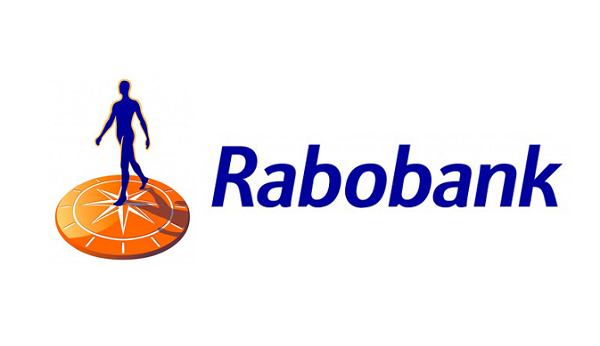
The outlook for the global poultry industry is expected to be stronger than in Q1 2023, mainly driven by lower feed prices flowing through poultry value chains globally. The turning point from high to lower feed cost levels usually marks a good period for the industry, with margins tending to rise. These lower input costs happen when supply is still relatively tight in many global regions, like Europe, Mexico, Russia, the Philippines, and Malaysia. Meanwhile, the supply balance is improving in other regions, like the US, Japan, and Thailand. Rising prices for competing meats, like pork and beef, further improve poultry’s relative competitiveness.

Download the full report
Report summary
This improving global market context is highly welcome following difficult conditions in some markets, especially in the first months of this year, when the US, Brazilian, Chinese, Indonesian, and Vietnamese industries were struggling with oversupply. More production discipline is needed in most of these markets, given the significant production expansion. Still, these improved global conditions should help to offset some of the negative pressure. In the case of Indonesia, the Q2 2023 government-driven culling program should also help to rebalance the market.
Feed prices are expected to drop further in 2H 2023, to 10% to 15% below 2022’s historic high levels. This means feed costs will still be historically high, but significantly below recent peak levels. Record corn and soybean harvests in Brazil, and optimistic projections for US corn and soybean and European wheat harvests are behind the expected lower feed prices.
In Q1 2023, global trade reached a record-high level. This indicates an ongoing (albeit temporary) shift to increasing imports. More governments are opening imports to reduce price inflation in their domestic markets. Brazil has been the big winner in this bullish global trade setting and is well-positioned to benefit from expected strong trade in 2H 2023.
Nevertheless, a rising number of high pathogenicity avian influenza (HPAI) cases in wild birds in Brazil have put the industry on high alert. If a commercial flock in one of the three southern states is hit by HPAI and major importing countries put restrictions in place, it would have a big impact on the local industry, especially as it is currently expanding (too) quickly. It would also heavily impact global trade flows and prices. Whole bird, breast meat, MDM, and chicken feet markets would be highly impacted, and prices would rise. Local prices in major import markets could also rise, especially in Europe, the Middle East, and Far East Asia.







